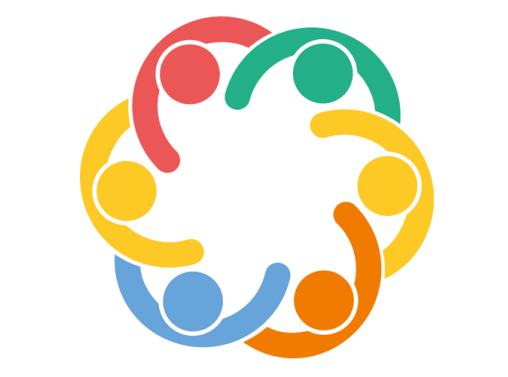Connecting for Life Goal 3: Focus on Priority Groups
To target approaches to reduce suicidal behaviour and improve mental health among priority groups.
Goal three of Connecting for Life, Ireland's national strategy to prevent suicide, 2015-2020, aims to target approaches to reduce suicidal behaviour and improve mental health among priority groups.
While Ireland’s overall suicide rate is among the lowest in the OECD, particular demographic groups have consistently been shown by both national and international research evidence to have increased risk of suicidal behaviour. These include young people aged 15-24, people with mental health problems of all ages, people with alcohol and drug problems, people bereaved by suicide and prisoners.
There are other groups with potentially increased vulnerability to suicidal behaviour where the research evidence is either less consistent or limited. These include asylum seekers, refugees, migrants, sex workers and people with chronic illness or disability. Further research is required for these groups. These risk groups may change over time. While there is significant overlap between many of the groups, it is important to note that even within a group where there is increased risk, only a minority will engage in suicidal behaviour.
Vulnerable Groups
Groups for whom there is evidence of vulnerability to and increased risk of suicidal behaviour are listed below. This list of priority groups will be reviewed regularly based on the most up to date evidence.
• Health/mental health related groups: People with mental health problems of all ages, those who have engaged in repeated acts of self-harm, people with alcohol and drug problems and people with chronic physical health conditions.
• Minority groups: Members of the LGBT community, members of the Traveller community, people who are homeless, people who come in contact with the criminal justice system (e.g. prisoners), people who have experienced domestic, clerical, institutional, sexual or physical abuse, asylum seekers, refugees, migrants and sex workers.
• Demographic cohorts: Middle aged men and women, young people and economically disadvantaged people.
• Suicide related: People bereaved by suicide.
• Occupational groups: Healthcare professionals, professionals working in isolation, e.g. veterinarians, farmers.
Objectives
- 3.1 Improve the implementation of effective approaches to reducing suicidal behaviour among priority groups.
- 3.2 Support, in relation to suicide prevention, the Substance Misuse Strategy, to address the high rate of alcohol and drug misuse.
- 3.3 Enhance the supports for young people with mental health problems or vulnerable to suicide.
